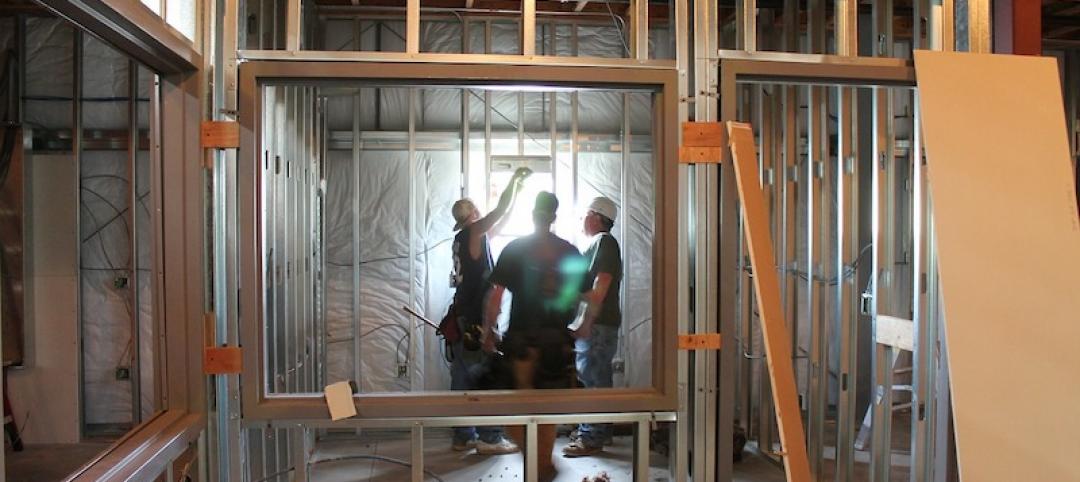Building codes and utility mandates have propelled California and Massachusetts to national leadership on energy efficiency, according to the American Council For an Energy-Efficient Economy's recent state rankings.
Both states improved their overall scores from last year. Massachusetts scored 19.5 out of 20 in utility policy, while perfect scores for appliance efficiency standards and transportation policy helped California tie the Bay State.
California had a notable increase in electricity savings largely due to policies designed to ramp up energy efficiency programs, the ACEEE report says. Two recent programs, funding of energy efficiency projects in schools, and a recently implemented cap-and-trade program under the California Global Warming Solutions Act of 2006, contributed to the state’s performance.
Massachusetts increased its electricity efficiency targets to almost 3%, and adopted the newest International Energy Conservation Code and ASHRAE standards as part of the state’s newest building energy codes. Massachusetts' Green Communities Act of 2008 continues to drive much of the state's savings, ACEEE said, spurring additional investment in energy efficiency programs by requiring utilities to save a large and growing percentage of energy every year through efficiency measures.
Related Stories
Codes and Standards | May 13, 2020
Researchers flag insufficient training for construction workers on healthcare projects
May contribute to fungal disease outbreaks that endanger patients
Codes and Standards | May 8, 2020
New NIBS report evaluates natural disaster mitigation strategies
Document examines strengthening buildings for flood, wind, wildfires, and earthquakes.
Codes and Standards | May 6, 2020
A few ways contractors can manage COVID-19 risks
Staggered start times, rigorous tool cleaning, virtual training among the strategies.
Codes and Standards | May 5, 2020
NAHB loses influence in 2021 IECC building code development
Despite objections from the National Association of Home Builders (NAHB), the development of the 2021 International Energy Conservation Code (IECC) is nearing conclusion. NAHB objected to several more stringent energy efficiency provisions.
Codes and Standards | May 5, 2020
2020 IECC will lead to significant carbon emissions reductions
New model building code nearly finalized.
Codes and Standards | May 4, 2020
New York expands prevailing wage law
Now includes private projects with 30% or more of public subsidies.
Codes and Standards | May 1, 2020
OSHA says most employers don’t have to track worker COVID-19 infections
Agency clarifies responsibility for contractors, others.
Codes and Standards | Apr 29, 2020
New York City tightens restrictions on construction during pandemic
Dept. of Buildings has issued more than 100 violations and stop-work orders.
Codes and Standards | Apr 28, 2020
ASHRAE, WELL panels to tackle revising standards to limit spread of viruses in buildings
Will examine ways to reduce infectious threats through building designs and operations.
Codes and Standards | Apr 24, 2020
Dept. of Labor issues guidance for respiratory protection during N95 shortage
Elastomeric respirators or powered, air-purifying respirators, and expired N95s are allowable alternatives

















